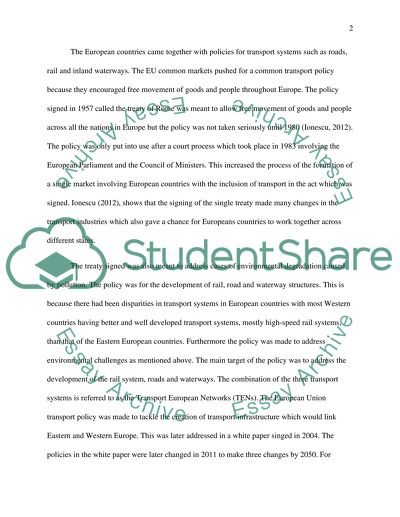Cite this document
(The European Union and the Transport Policy Research Paper, n.d.)
The European Union and the Transport Policy Research Paper. Retrieved from https://studentshare.org/law/1489893-eu-and-the-transport-policy
The European Union and the Transport Policy Research Paper. Retrieved from https://studentshare.org/law/1489893-eu-and-the-transport-policy
(The European Union and the Transport Policy Research Paper)
The European Union and the Transport Policy Research Paper. https://studentshare.org/law/1489893-eu-and-the-transport-policy.
The European Union and the Transport Policy Research Paper. https://studentshare.org/law/1489893-eu-and-the-transport-policy.
“The European Union and the Transport Policy Research Paper”, n.d. https://studentshare.org/law/1489893-eu-and-the-transport-policy.


